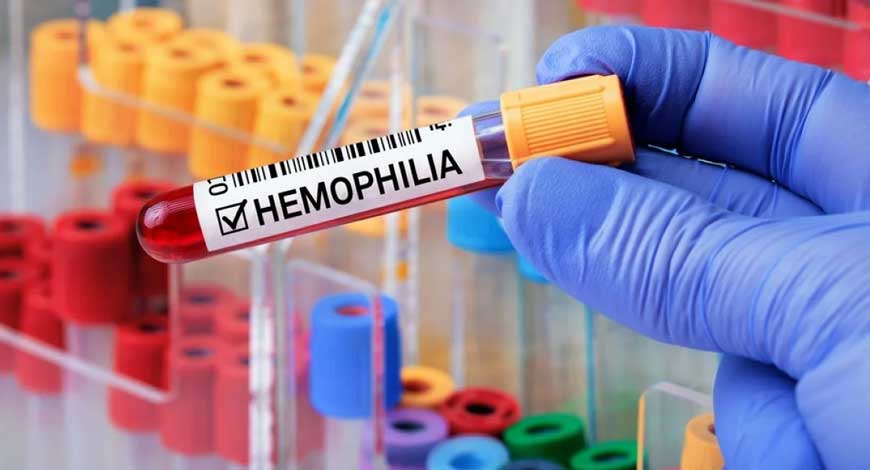Headlines of The Day
India has 1,36,000 haemophilia A cases, second highest in the world

Haemophilia is a bleeding disorder that affects millions of people worldwide. According to the Haemophilia and Health Collective of North (HHCN), India has the second-largest population of haemophilia cases in the world, with an estimated 1,36,000 cases affected by haemophilia A.
India’s high rate of haemophilia makes it critical to meet the specific needs of affected patients. Besides this, India is the first country to classify haemophilia patients as disabled under the Rights of Persons with Disability Act in 2016.
With World Haemophilia Day, which was celebrated on April 17, know all about this bleeding disorder.
What is haemophilia?
Haemophilia is an inherited bleeding disorder that is diagnosed at birth. It is a condition where you’re born with the absence of one clotting factor in your blood, which is required for a blood clot.
So, when a person gets wounded or suffers an injury, they will keep on bleeding until a particular blood factor is injected.
It is of two types: Haemophilia A and Haemophilia B, caused due to deficiency or dysfunction of a protein called Factor VIII (FVIII) and Factor IX (FIX) respectively, which is probably caused due to genetic mutations.
Both Haemophilia A and B are inherited and X-linked disorders (a mutation in a gene on the X chromosome).
Dr Anoop P, Senior Consultant, Haematology, Aster RV Hospital, said that people with haemophilia would have to make some modifications in their lifestyle by steering clear of physical activities.
“If it is mild, they don’t have to make major modifications to their lifestyle. But in extreme cases, people cannot participate in extreme physical activities unless they are on preventative treatment with infusion of Factor VIII or factor IX,” said Dr Anoop P.
Haemophilia puts a lot of restrictions on a child’s lifestyle.
“They aren’t able to take part in sports activities if they are diagnosed with severe haemophilia. If they are bleeding, they need go to a hospital immediately. In severe injuries, they may need transfusion of blood, with Factor 8 or 9, which is very costly,” said Dr Anoop.
Testing for haemophilia
Dr Talat Khan, Doctor-in-charge, Medical Genetics, Metropolis Healthcare Limited, said that prenatal screening for haemophilia is an important part of treatment for this disorder.
“Detection of carriers, especially women with haemophilia and antenatal diagnosis pertaining to same becomes an important part of screening strategies especially in asymptomatic people. The carrier screening is also done to identify the reproductive options like In Vitro fertilisation (IVF)and preimplantation Genetic testing (PGT) to understand the status of the foetus/embryos,” said Dr Talat Khan.
Blood tests are done as a basic test to detect concentration of clotting factors. Clotting factor assay consisting of tests like complete blood count (CBC), Activated Partial Thromboplastin Time (APTT), Prothrombin Time (PT) and Fibrinogen test are used for the diagnosis of haemophilia in symptomatic people.
APTT measures clotting factors VIII, IX, XI, XII, whereas PT measures clotting factors I, II, V, VII, X.
Dr Khan suggested carrier detection and prenatal diagnosis can be done by direct or indirect genetic analysis of the F8 or F9 genes. The genetic testing can be done by blood sample or a cheek swab.
However, prenatal diagnosis for haemophilia should be preceded by adequate genetic counselling and risk assessment of the carrier.
“This will help provide subsequent support during the diagnostic process. Genetic counselling becomes a very important part in identifying the carriers and inheritance patterns for personalised treatment,” added Dr Khan. India Today














